In the diverse world of reptiles, few creatures have evolved such a specialized and fascinating dietary habit as ophiophagous snakes – those that primarily consume other snakes. Among these specialized hunters, the king cobra might be the most famous, but it’s the kingsnake that truly deserves the title of dedicated snake-eater. These remarkable predators have developed unique adaptations and hunting strategies specifically for capturing and consuming their serpentine relatives. Their specialized diet not only shapes their evolution but also influences their ecological role and behavior. Join us as we explore the extraordinary world of snakes that have evolved to prey upon their own kind – a fascinating example of nature’s specialization at work.
The Ultimate Ophiophagous Specialist: The Kingsnake
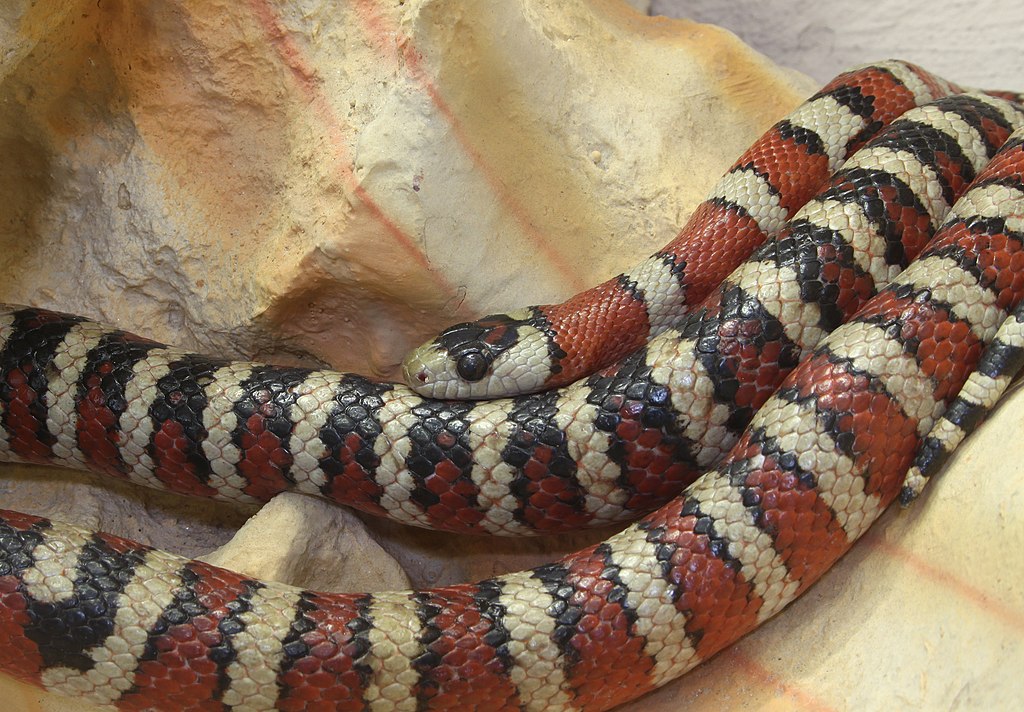
The kingsnake (genus Lampropeltis) stands as nature’s premier ophiophagous specialist, with a diet consisting primarily of other snakes. Native to North America, these constrictors have earned their royal moniker through their remarkable ability to hunt and consume even the most dangerous of serpents, including venomous rattlesnakes, copperheads, and cottonmouths. What makes kingsnakes truly exceptional is their specialized immunity to the venom of pit vipers, allowing them to prey upon venomous species that would easily kill other predators. This immunity isn’t complete across all venomous snake species, but their remarkable resistance gives them a significant advantage in their ecological niche. With their distinctive banded, speckled, or striped patterns, kingsnakes serve as nature’s ultimate snake-eating specialists.
Remarkable Venom Resistance
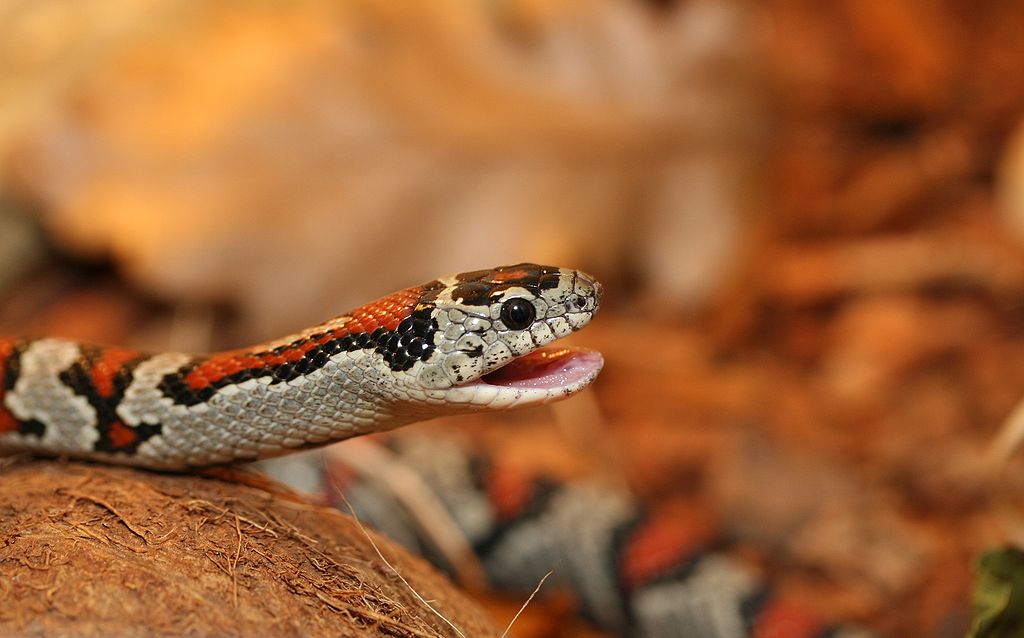
The kingsnake’s ability to consume venomous snakes stems from a remarkable evolutionary adaptation – specialized proteins in their bloodstream that neutralize snake venom. These proteins, called inhibitors, bind to the toxic enzymes in venom and prevent them from causing tissue damage or affecting normal bodily functions. Research has shown that this immunity varies among kingsnake species and populations, with those that commonly encounter venomous snakes developing stronger resistance. This adaptive immunity has evolved over millions of years through natural selection, as kingsnakes that could successfully prey on venomous species gained a valuable food source with less competition. Some studies suggest that kingsnakes can withstand venom doses that would be lethal to most vertebrates, making them truly specialized hunters in their ecosystem.
The King Cobra: A Snake-Eating Giant
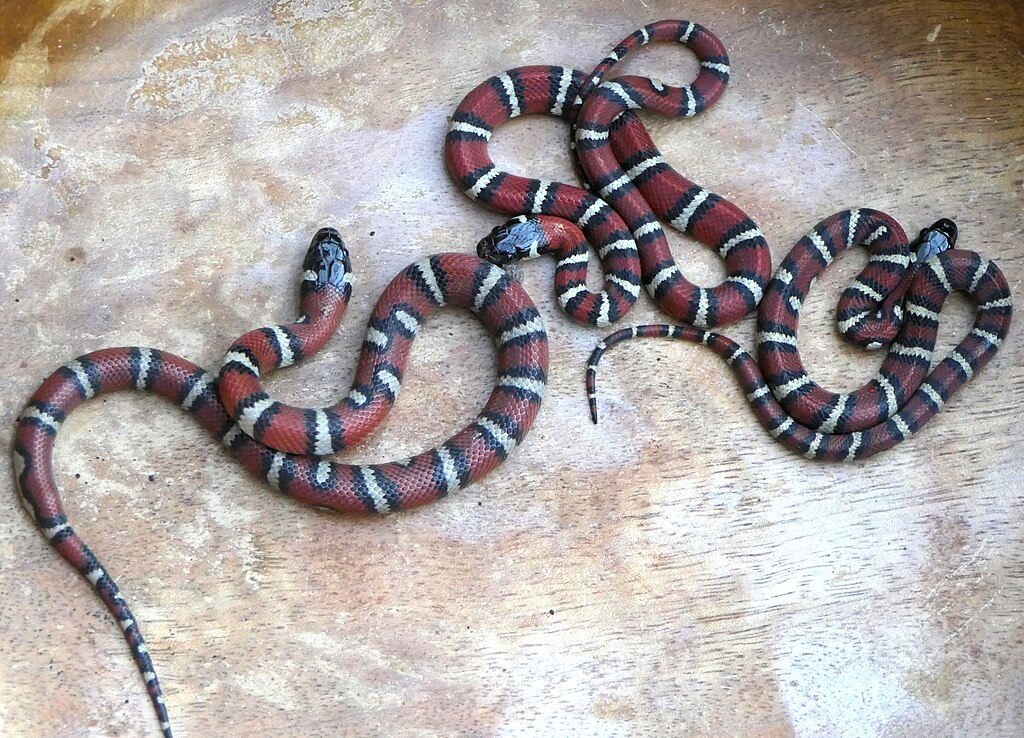
No discussion of ophiophagous snakes would be complete without mentioning the king cobra (Ophiophagus hannah), the world’s longest venomous snake and a specialized snake-eater. Native to forests across South and Southeast Asia, this magnificent reptile can grow to lengths exceeding 18 feet, making it capable of consuming large prey, including other substantial snakes. Unlike kingsnakes that use constriction, the king cobra relies on its potent neurotoxic venom to subdue prey, including other venomous snakes. Its genus name “Ophiophagus” literally translates to “snake-eater,” reflecting its specialized dietary preference. While king cobras will also consume lizards and small mammals when necessary, studies of their natural diet show that up to 70% of their food intake consists of other snakes, including pythons and even members of their own species.
The Indian Cobra: Another Snake-Eating Specialist
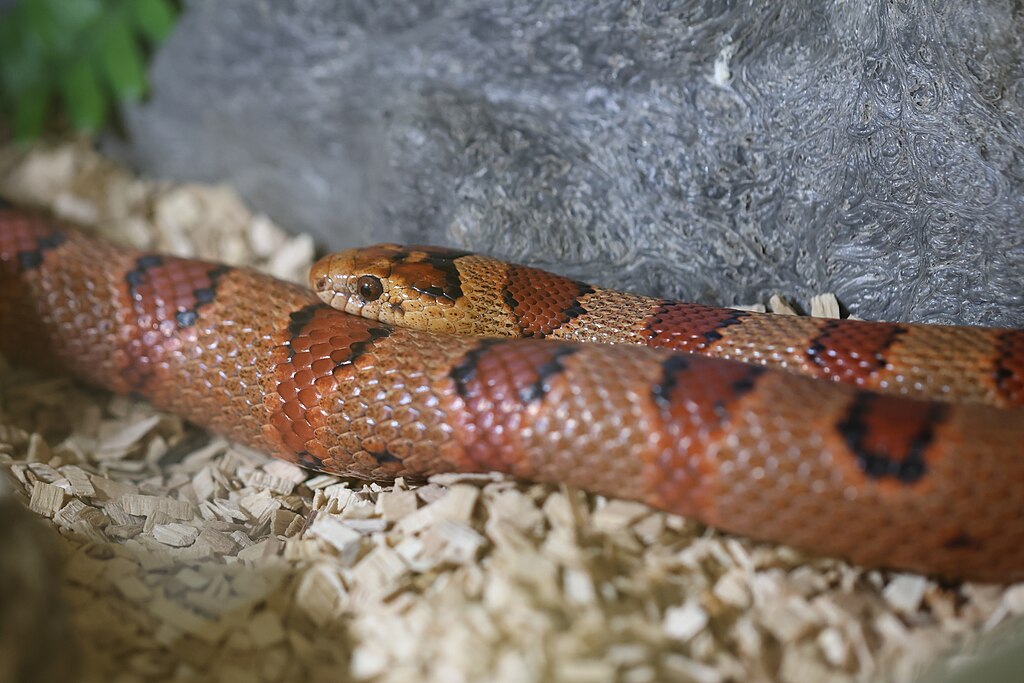
The Indian cobra (Naja naja), another member of the elapid family, has also developed a preference for ophiophagy, though not as exclusively as the king cobra. Found across the Indian subcontinent, these iconic hooded snakes regularly prey upon other serpents, including rat snakes, keelbacks, and even other cobras. Their powerful venom, which contains both neurotoxic and cytotoxic components, allows them to quickly subdue snake prey that might otherwise prove challenging to capture. Researchers studying the hunting behavior of Indian cobras have observed their remarkable ability to track and pursue other snakes through their scent trails, demonstrating specialized hunting strategies for serpentine prey. In ecosystems where they’re found, Indian cobras serve as important predators that help maintain the balance of snake populations.
The Mussurana: South America’s Snake Hunter
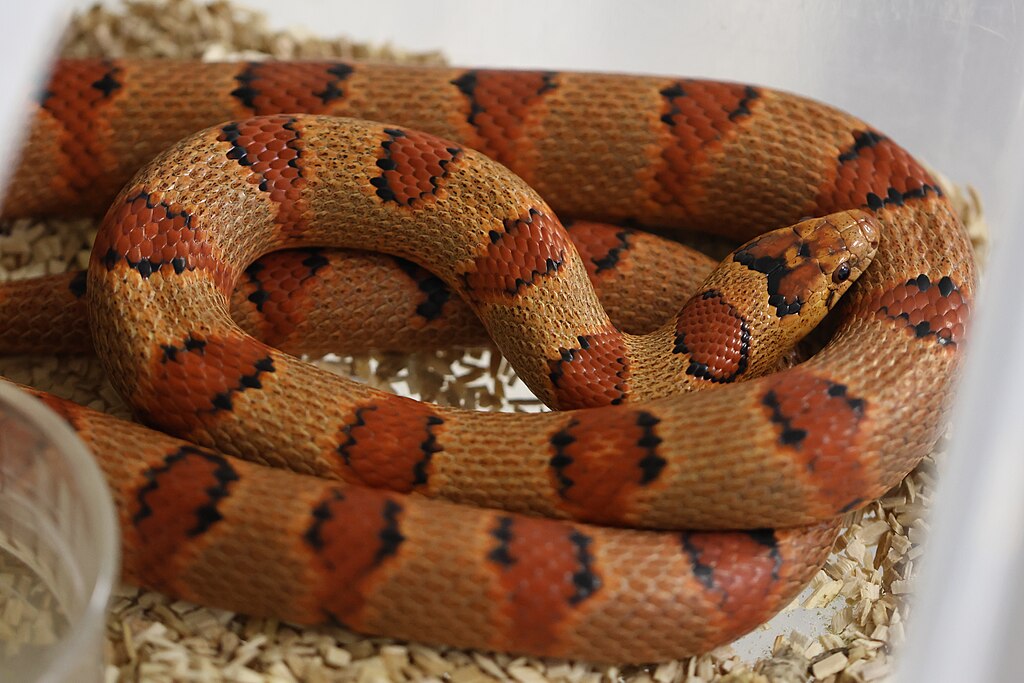
The mussurana (Clelia clelia), native to Central and South America, represents another fascinating example of a specialized snake-eater with remarkable adaptations. This glossy black colubrid has gained fame for its preference for hunting and consuming pit vipers, particularly the feared fer-de-lance and other lancehead vipers. Like kingsnakes, the mussurana possesses significant immunity to the venom of its prey, allowing it to survive bites during combat with venomous species. What makes the mussurana particularly interesting is its hunting strategy – it actively pursues its prey at night when most vipers are active, engaging in dramatic battles where it constricts its opponent while enduring multiple defensive bites. Indigenous peoples across Latin America have long recognized the mussurana as beneficial because of its role in controlling venomous snake populations around human settlements.
Physiological Adaptations for Snake Consumption
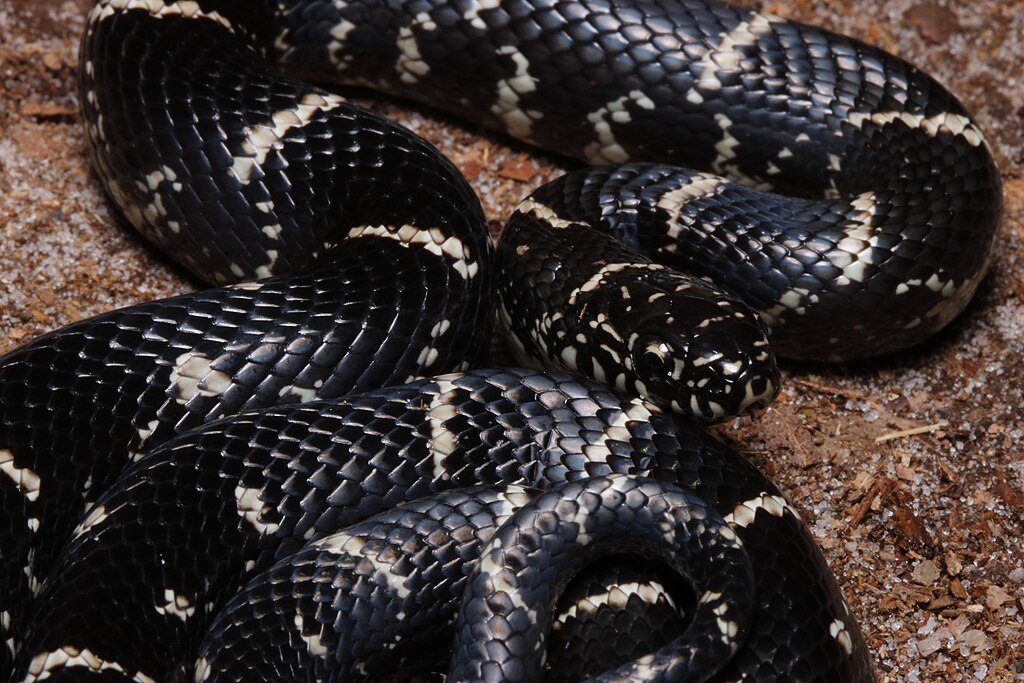
Ophiophagous snakes have developed specialized physiological adaptations specifically for consuming other serpents. One crucial adaptation is their digestive system, which produces powerful enzymes capable of breaking down the unique proteins, scales, and bones of their snake prey. Their skulls often feature modifications that allow for consuming prey with a similar body shape to their own – an engineering challenge solved through extreme jaw flexibility and specialized dental structures. Most snake-eating specialists have evolved elongated bodies with relatively smaller heads, allowing them to overpower prey of similar size without being limited by gape size when feeding. Additionally, many ophiophagous species have developed specialized sensory adaptations, including enhanced chemical detection to identify and track the scent trails of other snakes through their environment.
Hunting Strategies and Techniques
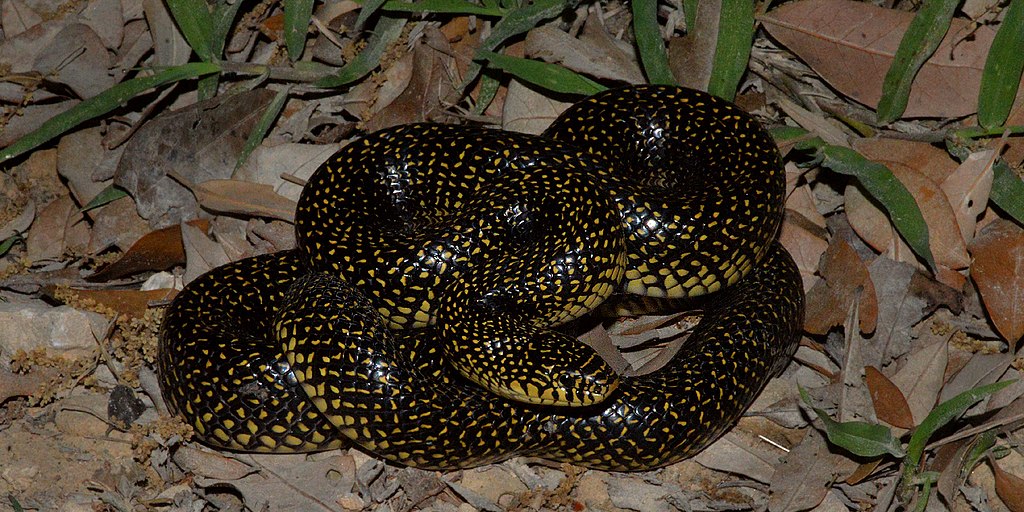
Snake-eating specialists employ diverse and sophisticated hunting strategies tailored specifically for capturing other serpents. Kingsnakes typically employ active foraging, searching through burrows, crevices, and other snake hiding places rather than ambushing from fixed positions. When attacking, they use their powerful muscular bodies to constrict their prey, often coiling around the mid-body of their target before working toward the head to prevent escape or retaliation. Venomous ophiophagous species like the king cobra demonstrate remarkable precision when striking other snakes, typically aiming for the back of the head or neck to minimize the risk of counter-attacks. Research has observed that experienced snake-eaters often position themselves strategically during combat to avoid defensive strikes, demonstrating learned hunting behaviors specific to serpentine prey.
Cannibalism: When Snake-Eaters Target Their Own Kind
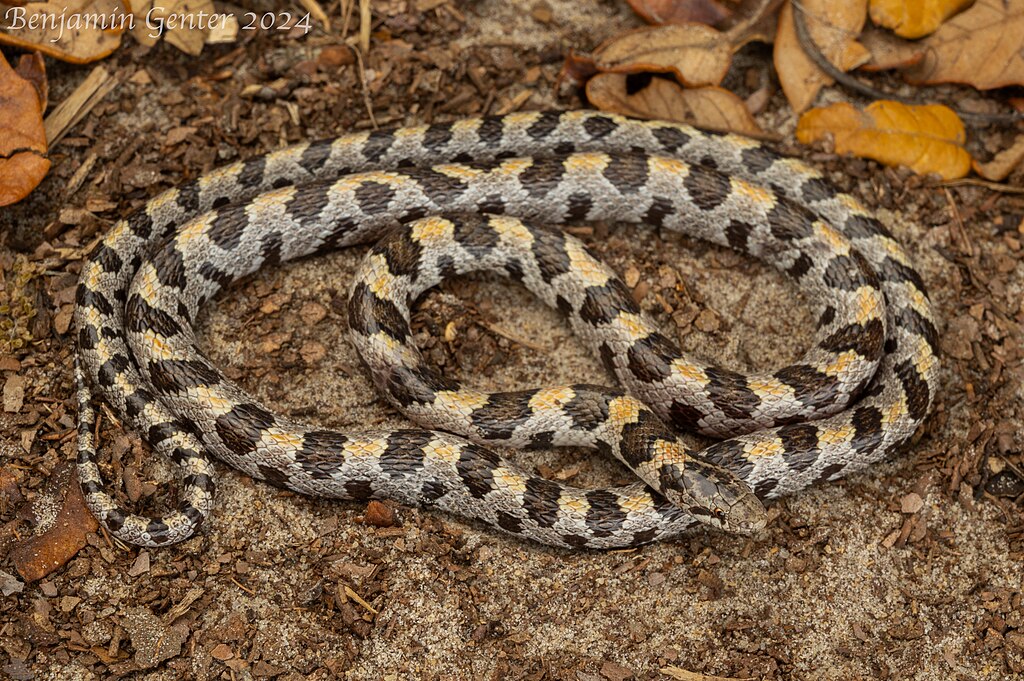
A particularly fascinating aspect of ophiophagy is the tendency for some snake-eating specialists to engage in cannibalism – consuming members of their own species. This behavior has been well-documented in kingsnakes, king cobras, and several other ophiophagous species, particularly when food resources are limited or during competitive breeding seasons. The ecological implications of cannibalism are significant, as it serves as a natural population control mechanism and can influence territorial behaviors. In captivity, snake keepers must often house ophiophagous species individually to prevent cannibalistic incidents, which can occur even between similarly-sized individuals. Researchers have documented that in some species, larger females may consume smaller males after mating, representing an extreme form of sexual conflict that has shaped the evolution of size dimorphism and reproductive strategies.
Ecological Role and Importance
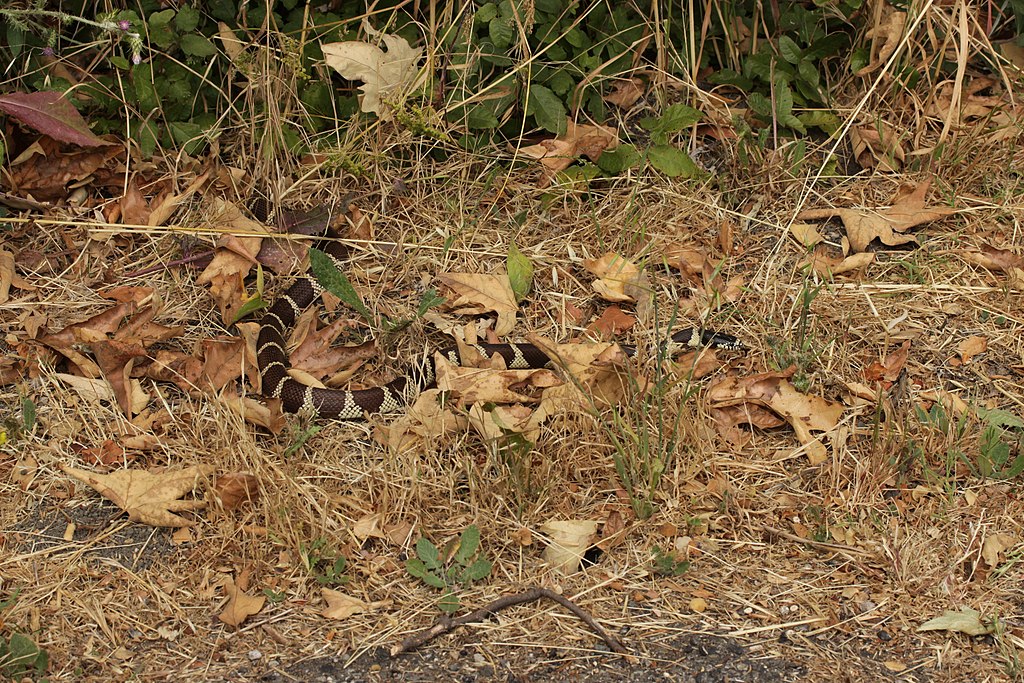
Snake-eating specialists play crucial ecological roles in maintaining the balance of reptile populations within their habitats. By preying upon both venomous and non-venomous snake species, they help regulate population densities and prevent any single species from dominating an ecosystem. In agricultural areas, ophiophagous snakes can be particularly beneficial by controlling populations of rodent-eating snakes, creating a cascade effect that influences multiple trophic levels in the food web. Their presence can also affect the behavior of other snake species, which may modify their activity patterns or habitat use to avoid these specialized predators. Conservation biologists increasingly recognize the importance of preserving ophiophagous snakes as keystone species that help maintain biodiversity and ecosystem health in their native ranges.
Defensive Adaptations in Prey Snakes
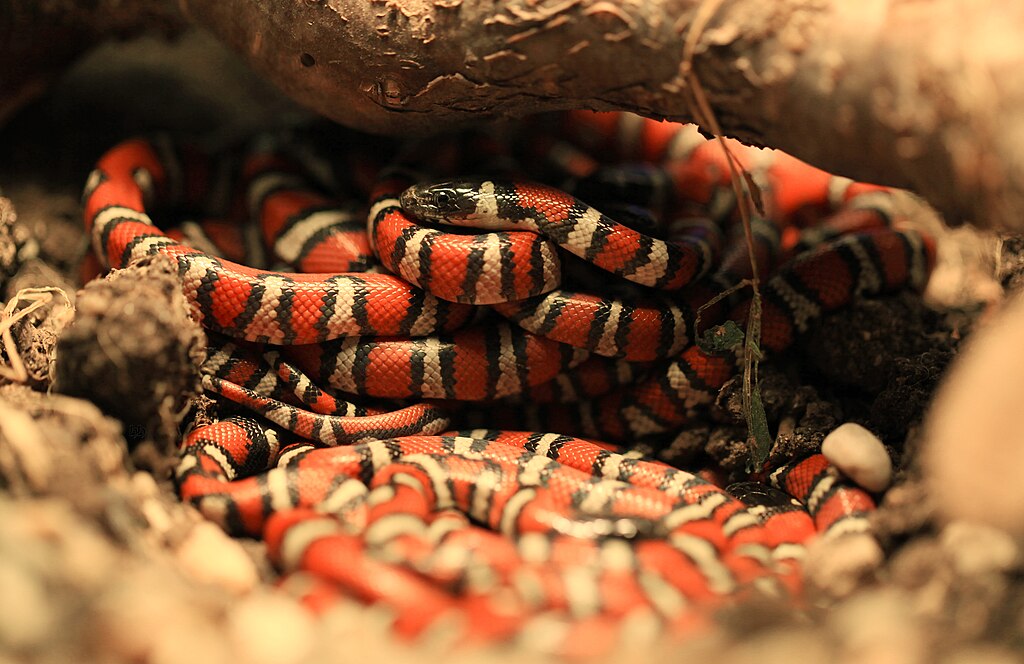
The evolutionary pressure exerted by ophiophagous predators has driven the development of remarkable defensive adaptations in potential prey snakes. Many non-venomous species have evolved to mimic the distinctive warning coloration of venomous species – a phenomenon known as Batesian mimicry – specifically to deter predation by snake-eating specialists. The scarlet kingsnake’s resemblance to the venomous coral snake represents a classic example of this evolutionary strategy. Other snake species have developed specialized defensive behaviors when confronted by ophiophagous predators, including rapid vibration of their tails, flattening their bodies to appear larger, or engaging in complex defensive posturing. Some species even release powerful musk or cloacal secretions with specific chemical compounds that particularly repel snake-eating predators, demonstrating the coevolutionary arms race between predator and prey.
Keeping Ophiophagous Snakes in Captivity
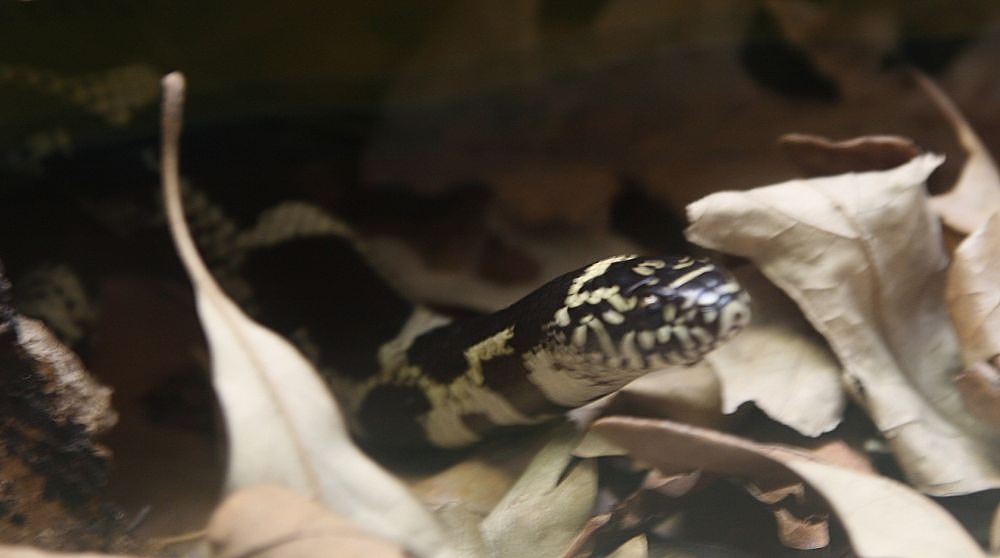
Maintaining snake-eating specialists in captivity presents unique challenges that require specialized knowledge and care practices. The primary challenge involves feeding, as many dedicated ophiophagous species initially refuse alternatives to their natural snake diet. Experienced keepers have developed techniques to transition these specialists to more practical food items like rodents, often by using scent-transfer methods that impart snake odors onto alternative prey. Housing requirements must account for the active foraging behavior of many snake-eaters, requiring larger enclosures with complex environmental enrichment to satisfy their hunting instincts. Temperature gradients are particularly important for ophiophagous species, as many have evolved specific thermal preferences related to their hunting strategies for other snakes. Responsible captive maintenance also requires strict isolation, as housing multiple ophiophagous specimens together frequently results in cannibalism regardless of feeding status.
Conservation Challenges and Threats
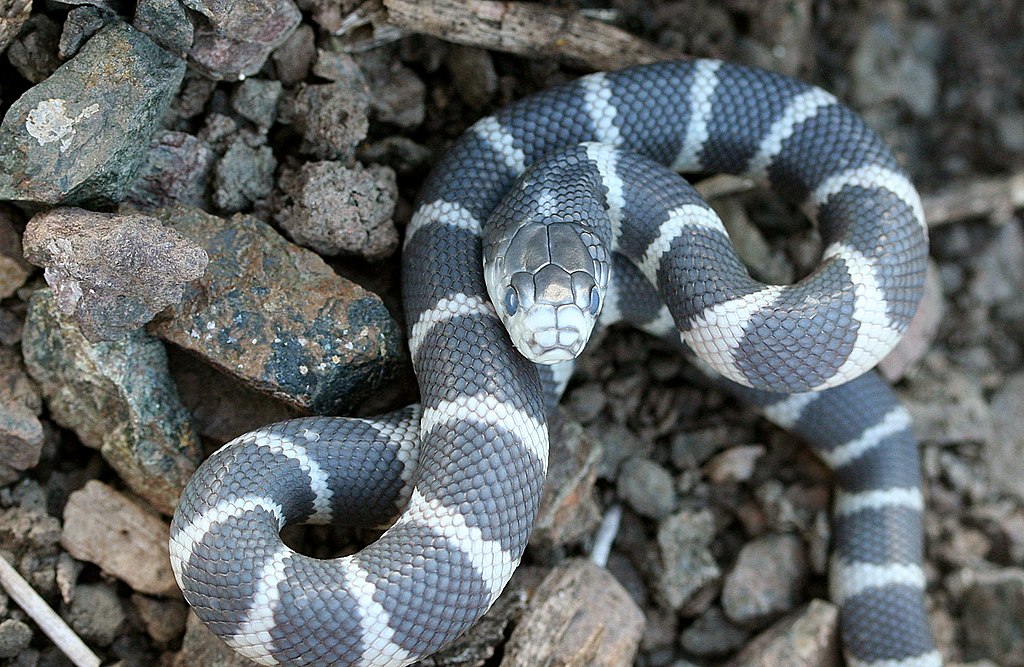
Ophiophagous snakes face numerous conservation challenges despite their ecological importance. Habitat destruction represents the most significant threat, as many specialized snake-eaters require large territories with healthy prey populations to sustain their specialized diets. Road mortality disproportionately affects these active hunters, which may travel considerable distances in search of serpentine prey across increasingly fragmented landscapes. Ironically, human persecution poses a particular threat, as many people kill snakes indiscriminately despite the beneficial role that ophiophagous species play in controlling venomous snake populations. Climate change creates additional pressures by altering the seasonal activity patterns and geographical distributions of both predator and prey snake species, potentially disrupting coevolved relationships. Conservation efforts for these specialized predators increasingly focus on public education about their ecological value and the implementation of habitat corridors to maintain connected populations.
Cultural Significance and Human Relationship
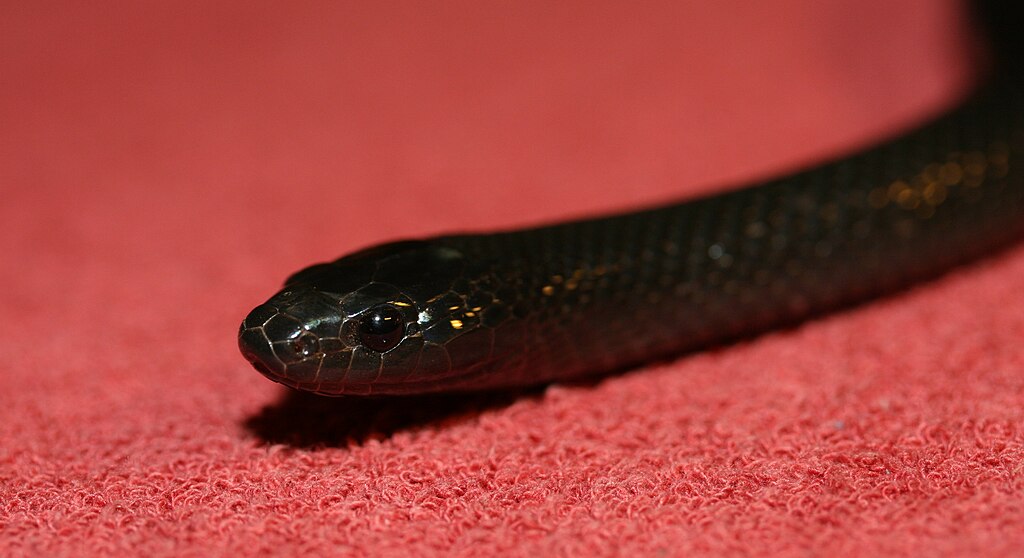
Throughout human history, ophiophagous snakes have held powerful cultural significance across civilizations. The mongoose-like ability of kingsnakes to battle and consume venomous species has earned them protected status in many rural communities, where they’re recognized as natural controllers of dangerous snakes around human habitations. In Hindu mythology, the king cobra is associated with Lord Shiva and other deities, symbolizing both destructive and protective forces in the natural world. Indigenous peoples across the Americas have incorporated snake-eating serpents into their traditional stories, often portraying them as powerful spiritual entities that maintain balance in the natural world. Modern wildlife management increasingly promotes the conservation of ophiophagous species through educational outreach that highlights their role in reducing human-venomous snake conflicts, transforming cultural fear into appreciation for these specialized predators.
The Future of Snake-Eating Specialists

The future of ophiophagous snakes depends largely on human actions and our ability to preserve the complex ecosystems they inhabit. As climate change alters habitats and human development continues to fragment natural landscapes, these specialized predators face increasing challenges to maintaining viable populations. Conservation strategies that focus on preserving large, connected habitat corridors offer the best hope for ensuring these remarkable hunters can continue their ecological role. Emerging research into the venom resistance of snake-eating specialists holds promising applications for biomedical science, potentially leading to improved antivenom treatments or novel pain management compounds. The continued study of ophiophagous species provides valuable insights into coevolutionary relationships and specialized adaptations, offering lessons in evolutionary biology that extend far beyond herpetology. By protecting these fascinating predators, we preserve not just an extraordinary example of dietary specialization but an important component of functioning ecosystems.
Ophiophagous snakes represent one of nature’s most remarkable examples of dietary specialization, having evolved specific adaptations for hunting, subduing, and consuming their serpentine relatives. From the kingsnake’s remarkable immunity to viper venom to the king cobra’s specialized hunting behaviors, these predators demonstrate the incredible diversity of evolutionary strategies within the reptile world. Their ecological importance extends far beyond their fascinating biology, as they help maintain balanced snake populations and indirectly affect multiple levels of the food web. As we continue to study and protect these specialized hunters, we gain not only scientific knowledge but a deeper appreciation for the complex web of relationships that sustain healthy ecosystems. The snake that eats other snakes reminds us that in nature, even predators have predators, creating the checks and balances that have shaped life on our planet for millions of years.





